Intermittent fasting has surged in popularity for its benefits in weight management, cellular repair, insulin sensitivity, and mental clarity. Pair that with a whole food plant-based diet, and you’ve got a powerhouse combination for overall health and wellness. If you're vegan, plant-based, or following a vegetarian diet, and curious about how to implement intermittent fasting into your lifestyle, or are looking to make a lifestyle change, this guide will walk you through everything you need to know—including a sample meal plan, the best foods to eat, benefits, and tips for success.
Jump to:
- What is Intermittent Fasting?
- Is Intermittent Fasting Safe on a Vegan Diet?
- Benefits of Combining Whole Food, Plant-Based with Intermittent Fasting
- How to Start a Vegan Intermittent Fasting Meal Plan
- Sample 7-Day Intermittent Fasting Vegan Meal Plan (16:8)
- Tips for Intermittent Fasting on a Vegan Diet
- Frequently Asked Questions
- Final Thoughts: Should You Try an Intermittent Fasting Vegan Meal Plan?
What is Intermittent Fasting?
Intermittent fasting is an eating pattern that cycles between periods of eating and fasting. It’s not a diet in the traditional sense, but rather a schedule that dictates when you eat. The most popular intermittent fasting methods include:
- 16:8 Method: Fast for 16 hours, eat within an 8-hour window.
- 18:6 Method: Fast for 18 hours, eat within a 6-hour window.
- OMAD (One Meal A Day): A single large meal during a 1-2 hour window.
- 5:2 Method: Eat normally for 5 days, and reduce calorie intake to 500–600 calories on 2 non-consecutive days.
The 16:8 method is the most sustainable for many. Within the 8-hour window, one randomized controlled study showed that eating earlier in the day is best for weight loss. For example, eating between 7 am and 3 pm is preferred over eating between 12 pm and 8 pm.
Is Intermittent Fasting Safe on a Vegan Diet?
The health benefits of intermittent fasting have been widely published in scientific articles. Yes, intermittent fasting can be safe and highly effective when done correctly. However, there have been some studies where intermittent fasting has been associated with eating disorder behaviors, particularly among adolescents and young adults. If you have a health condition, intermittent fasting may not be advisable. Check with your healthcare provider to make sure intermittent fasting is right for you. In general, combining time-restricted eating with a whole food plant-based diet may enhance many of intermittent fasting's numerous health benefits, including:
- Reduced inflammation
- Improved digestion
- Better blood sugar regulation
- Weight loss, fat loss, or weight maintenance
- Brain function, mental clarity, and focus
However, nutrient density is crucial. Since you may be eating fewer meals, eating a variety of whole plant foods in sufficient quantities to meet your energy needs is important.
Benefits of Combining Whole Food, Plant-Based with Intermittent Fasting
1. Improved Gut Health
Eating a variety of fiber-rich plant foods supports a diverse and healthy gut microbiome. Animal products do not contain fiber, so you'll need to get it from whole plant foods. The American Gut project found that people eating 30 or more different plants per week had the most microbial diversity in the gut, which is optimal for health. This sparked the 30 plants per week challenge. Fasting gives the digestive system a rest, allowing for better nutrient absorption and microbiome balance.
2. Weight Loss and Metabolic Health
Plant-based diets are naturally lower in calories and saturated fat. When paired with intermittent fasting, the result is often reduced body fat, improved insulin sensitivity, and lower cholesterol levels.
3. Increased Autophagy
Fasting and calorie restriction trigger a cellular process called autophagy, where your body clears out damaged cells and regenerates new ones. Plant foods rich in polyphenols (like berries, greens, and herbs) support this natural detoxification process.
4. Sustained Energy and Focus
While some people fear energy crashes while fasting, combining slow-digesting complex carbohydrates like whole grains and legumes, as well as healthy fats, within your eating window can stabilize energy throughout the day.
How to Start a Vegan Intermittent Fasting Meal Plan
Step 1: Choose Your Fasting Window
Most beginners start with the 16:8 method—for example, eating between 8 am and 4 pm would mean your fasting window is 4 pm to 8 am the next day. Adjust this based on your schedule, activity level, and energy needs.
Step 2: Prioritize Nutrient-Dense, Whole Plant Foods
The food groups are whole foods and include vegetables, fruits, mushrooms, whole grains, legumes (beans, peas, lentils), nuts, seeds, herbs, and spices. Eating a variety of foods will help you meet your nutritional needs, including getting enough protein with plant-based eating. Focus on:
- Complex carbs: quinoa, oats, sweet potatoes, brown rice, squash
- Plant proteins: lentils, tofu, tempeh, black beans, chickpeas
- Healthy fats: avocados, flaxseeds, walnuts, chia seeds, hemp seeds
- Leafy greens & cruciferous veggies: kale, spinach, broccoli, arugula, baby bok choy, Brussels sprouts
- Rainbow of other veggies: red bell pepper, purple cabbage, carrots, cucumber, red onion
- Mushrooms: portobello, shiitake, baby bella, white button
- Fresh Herbs: cilantro, parsley, basil
- Fruits: berries, pineapple, bananas, apples, citrus, mango
- Fermented foods: sauerkraut, kimchi, miso
Step 3: Stay Hydrated
Hydration is essential during your fasting window. In addition to drinking plenty of water, you can also enjoy herbal tea, matcha or green tea, unsweetened plant-based milks, fresh pressed juices, and black coffee while intermittent fasting on a vegan diet. Sugar-sweetened beverages and energy drinks are not recommended for optimal health benefits.
Sample 7-Day Intermittent Fasting Vegan Meal Plan (16:8)
This intermittent fasting plan assumes an eating window of 8 am to 4 pm, where eating begins at 8 am and you take your last bite of food by 4 pm. So the fasting window is between 4 pm and 8 am the next day. The examples below assume the meal times for breakfast are at 8 am, lunch is at 11 am, and dinner is at 3 pm (to finish by 4 pm). You can adjust to what works best with your schedule. Here is a sample 7-day meal plan with delicious recipes:
Day 1
Day 2
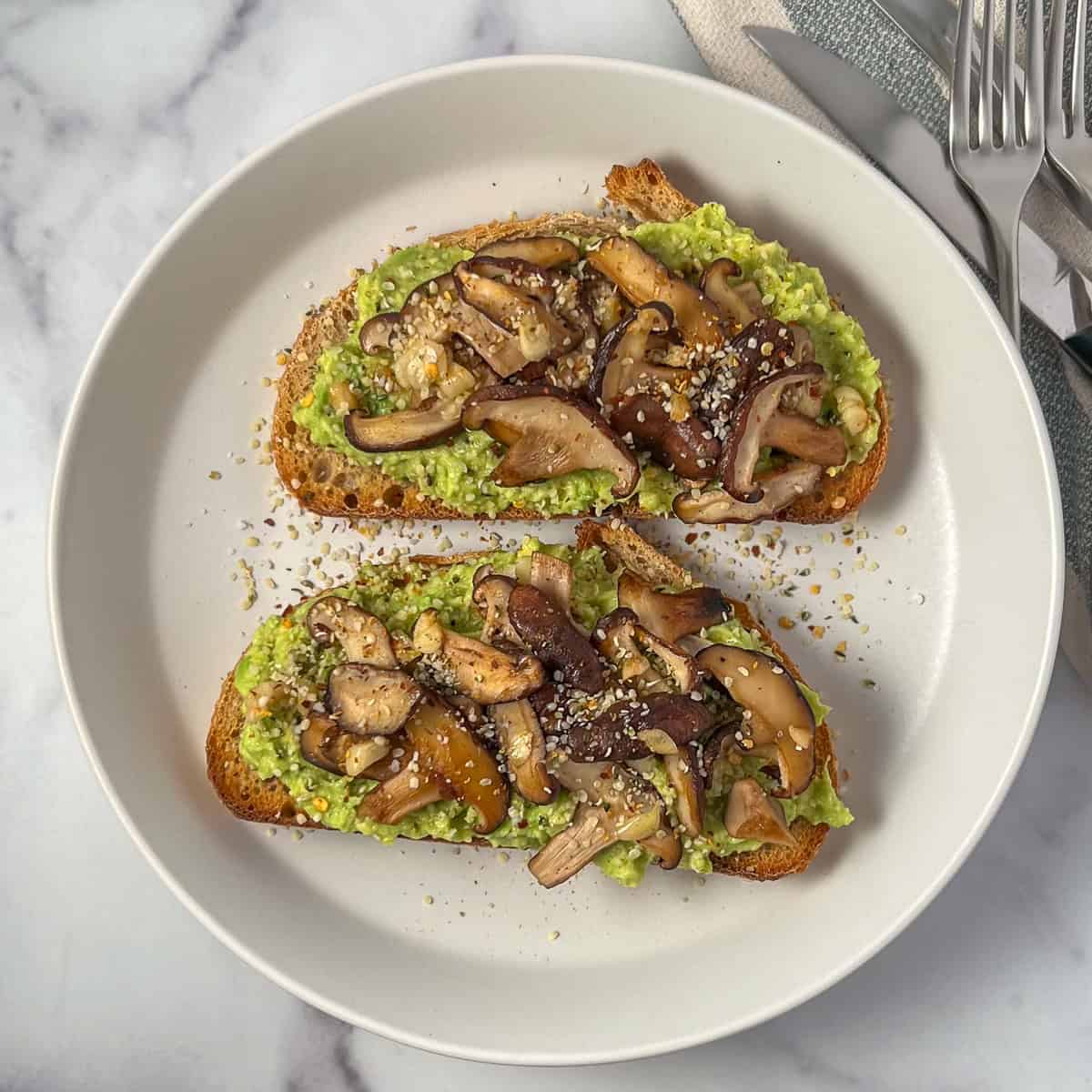
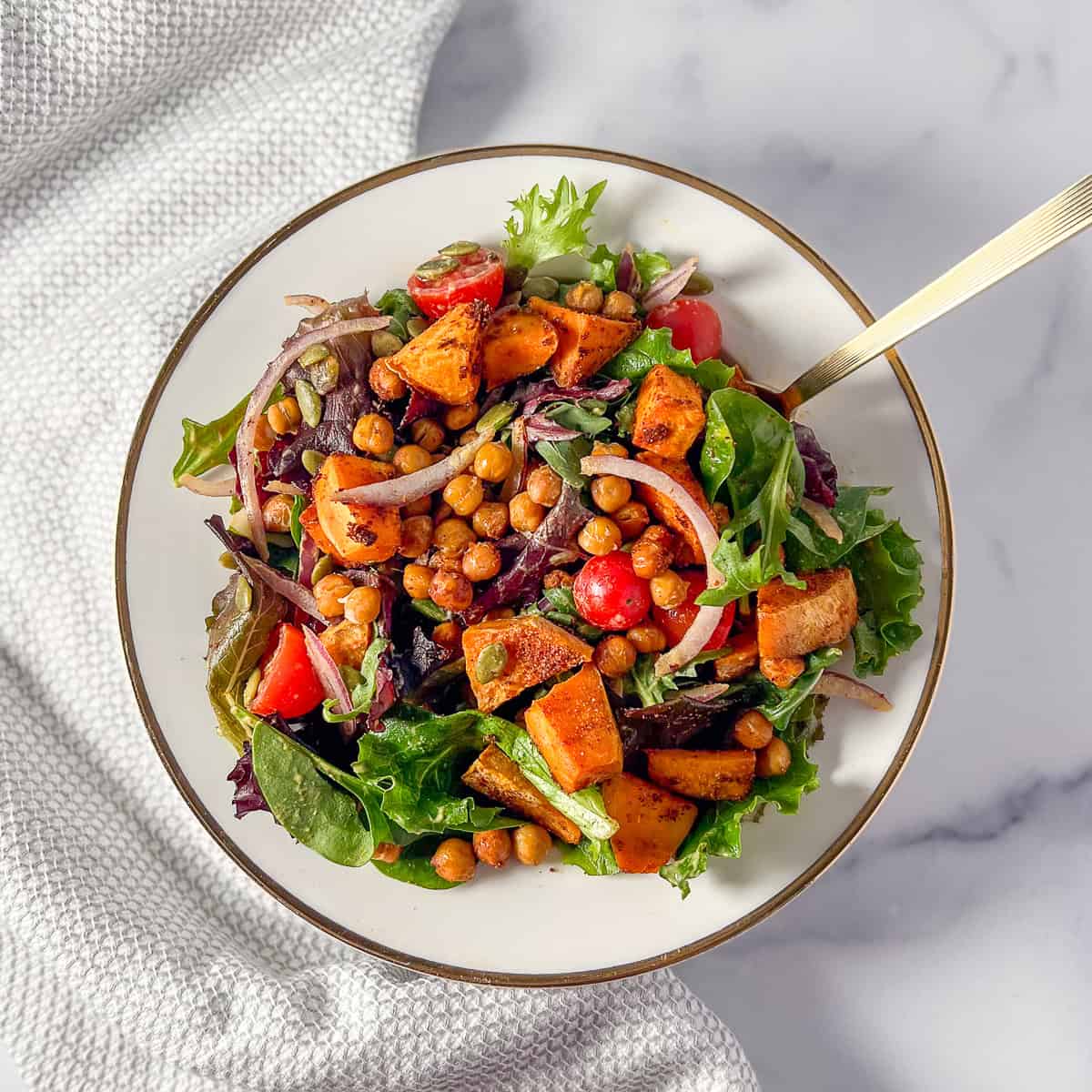
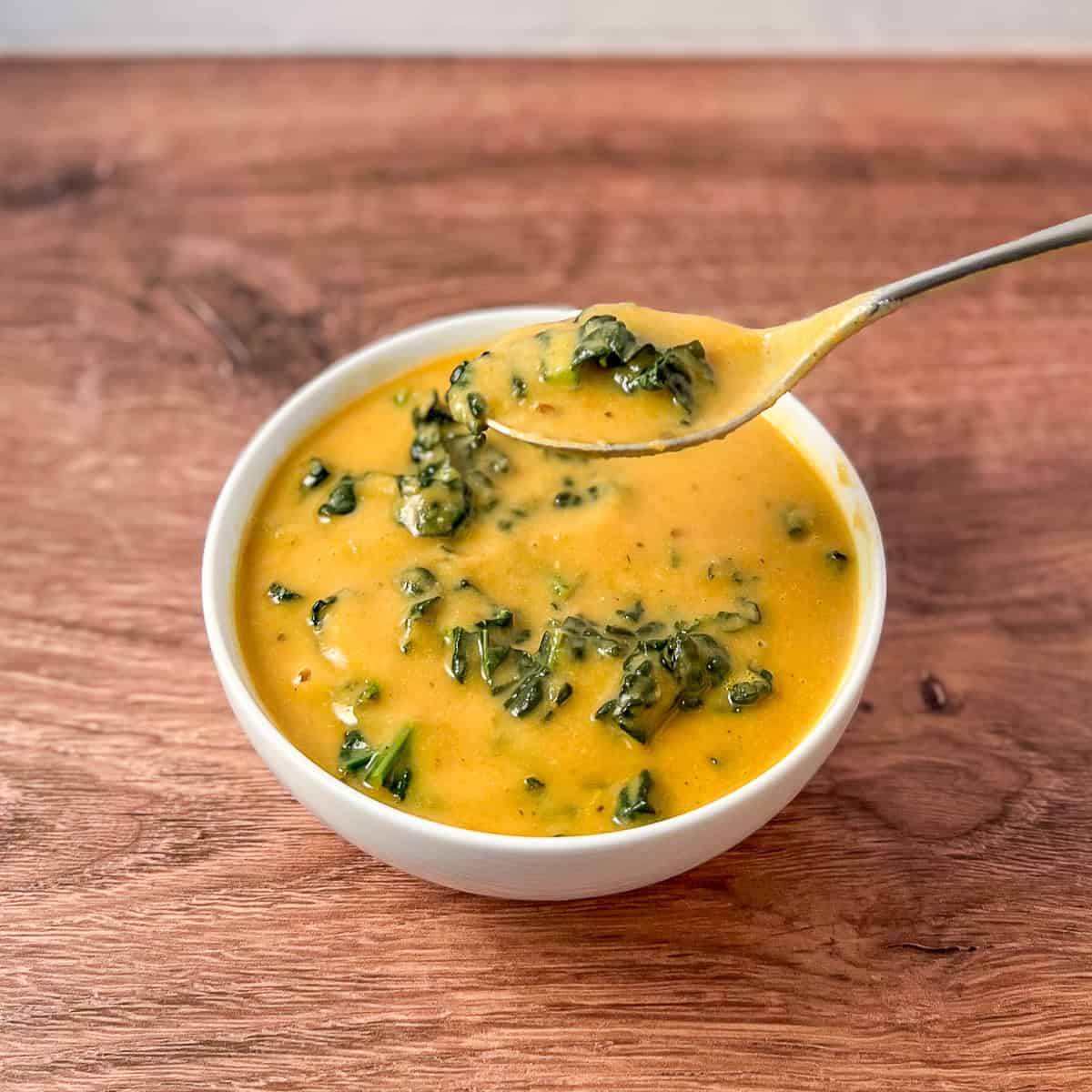
Day 3
Day 4
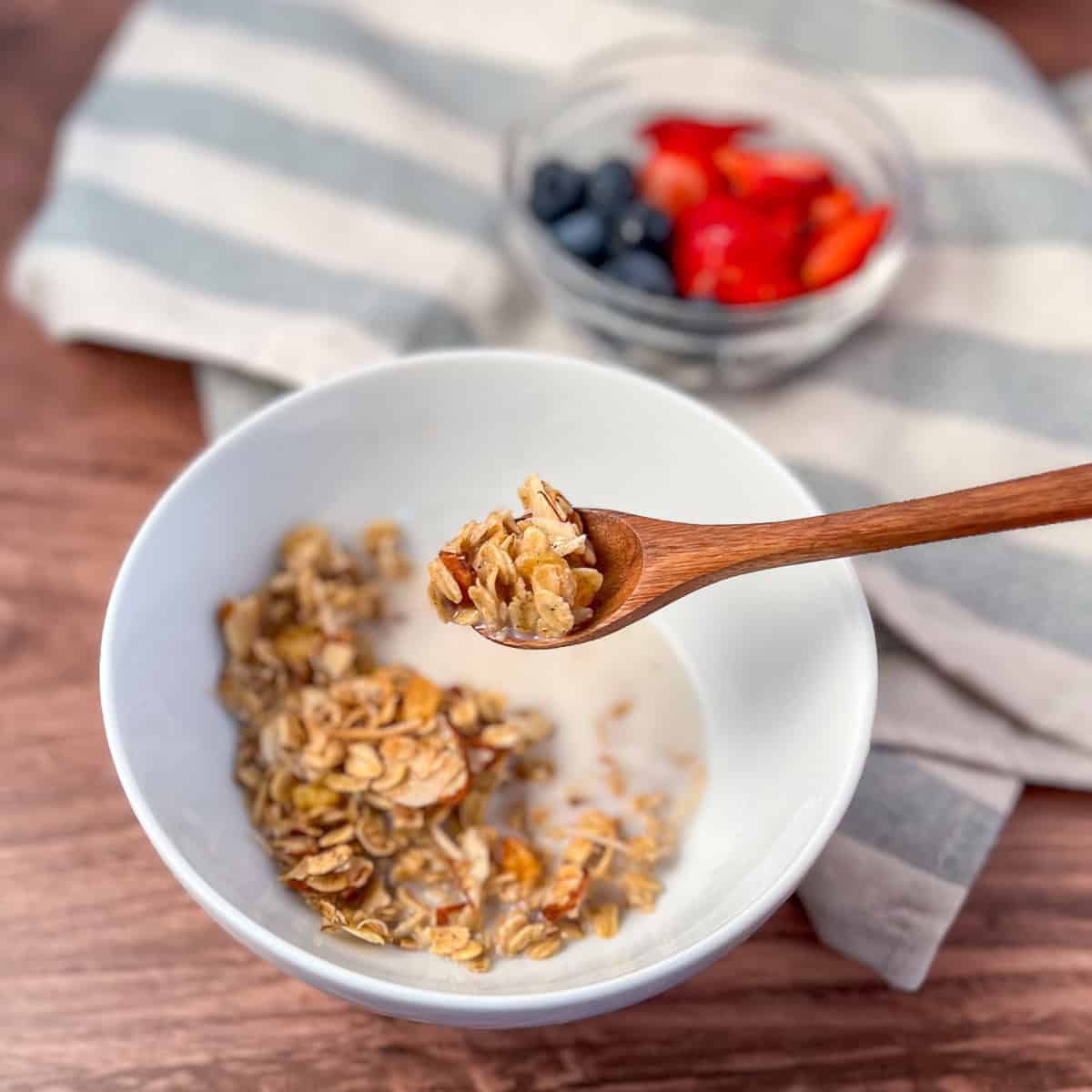
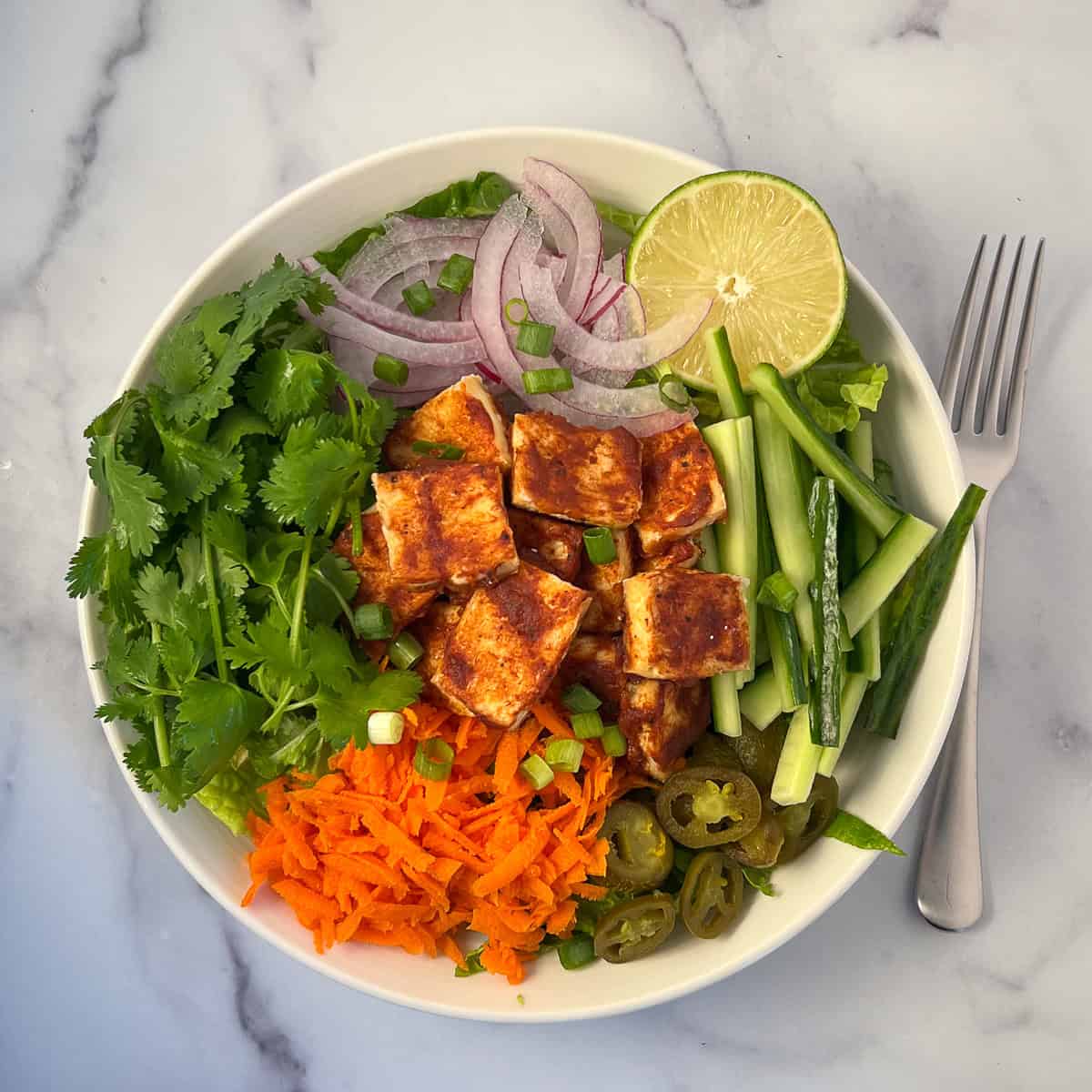

Day 5
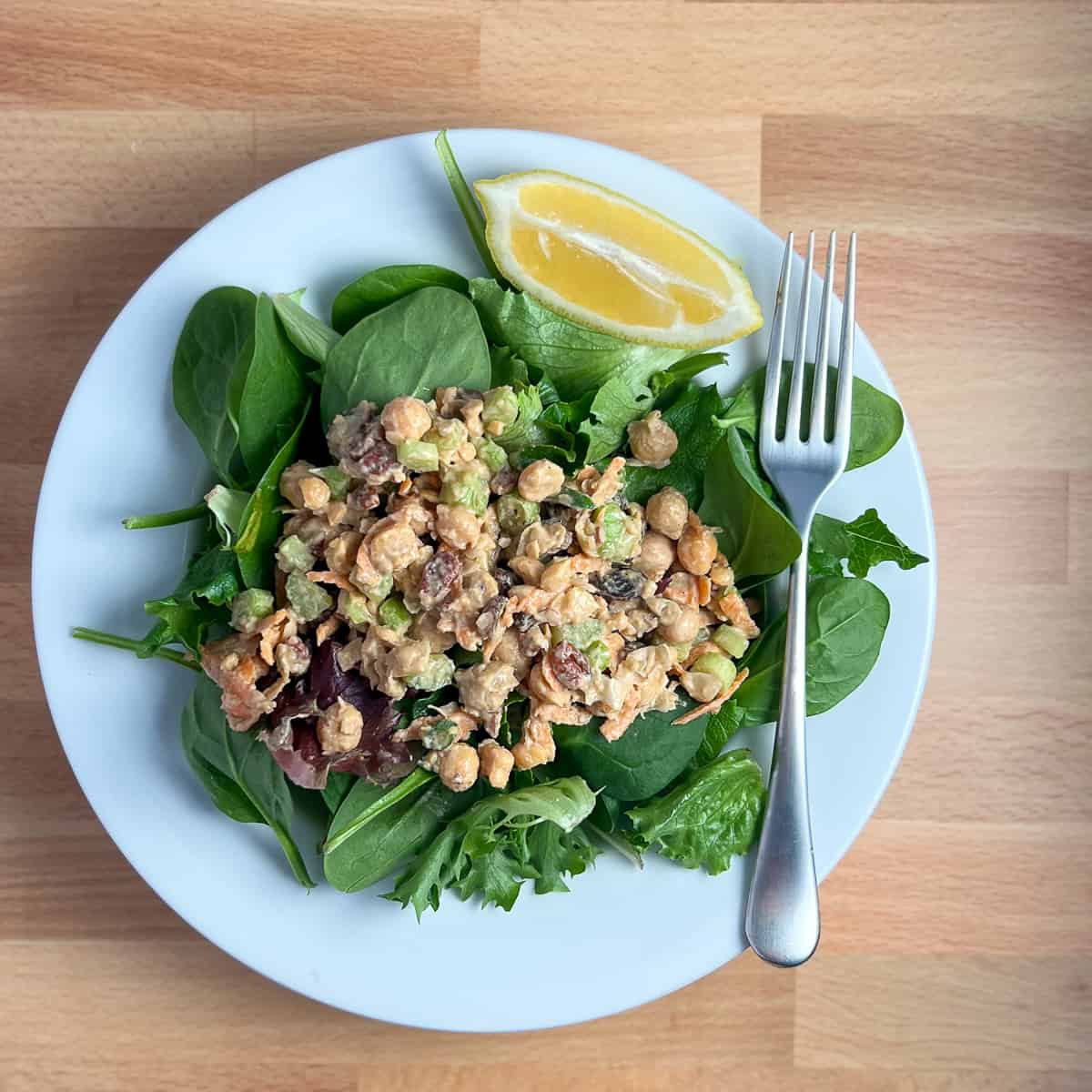

Day 6
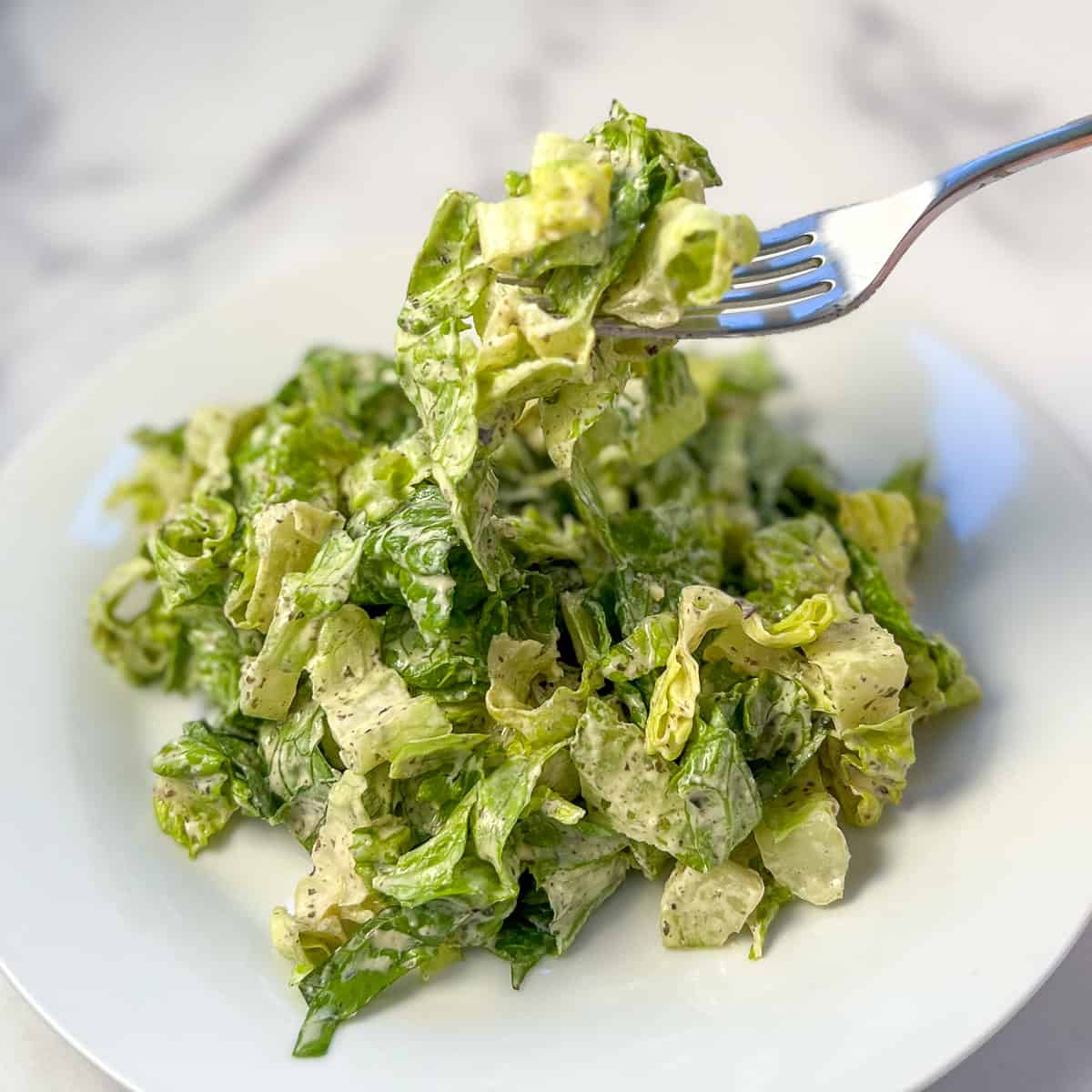
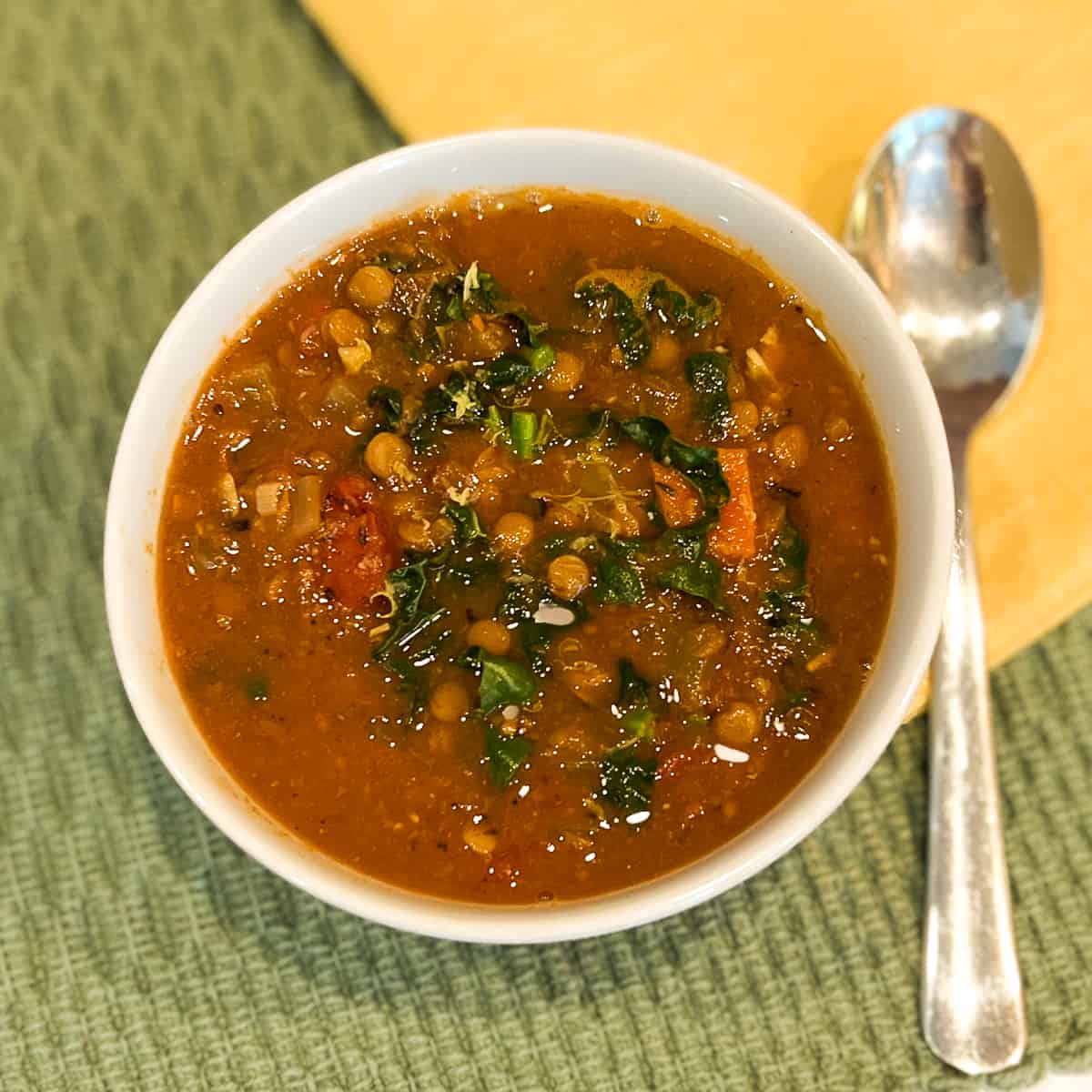
Day 7

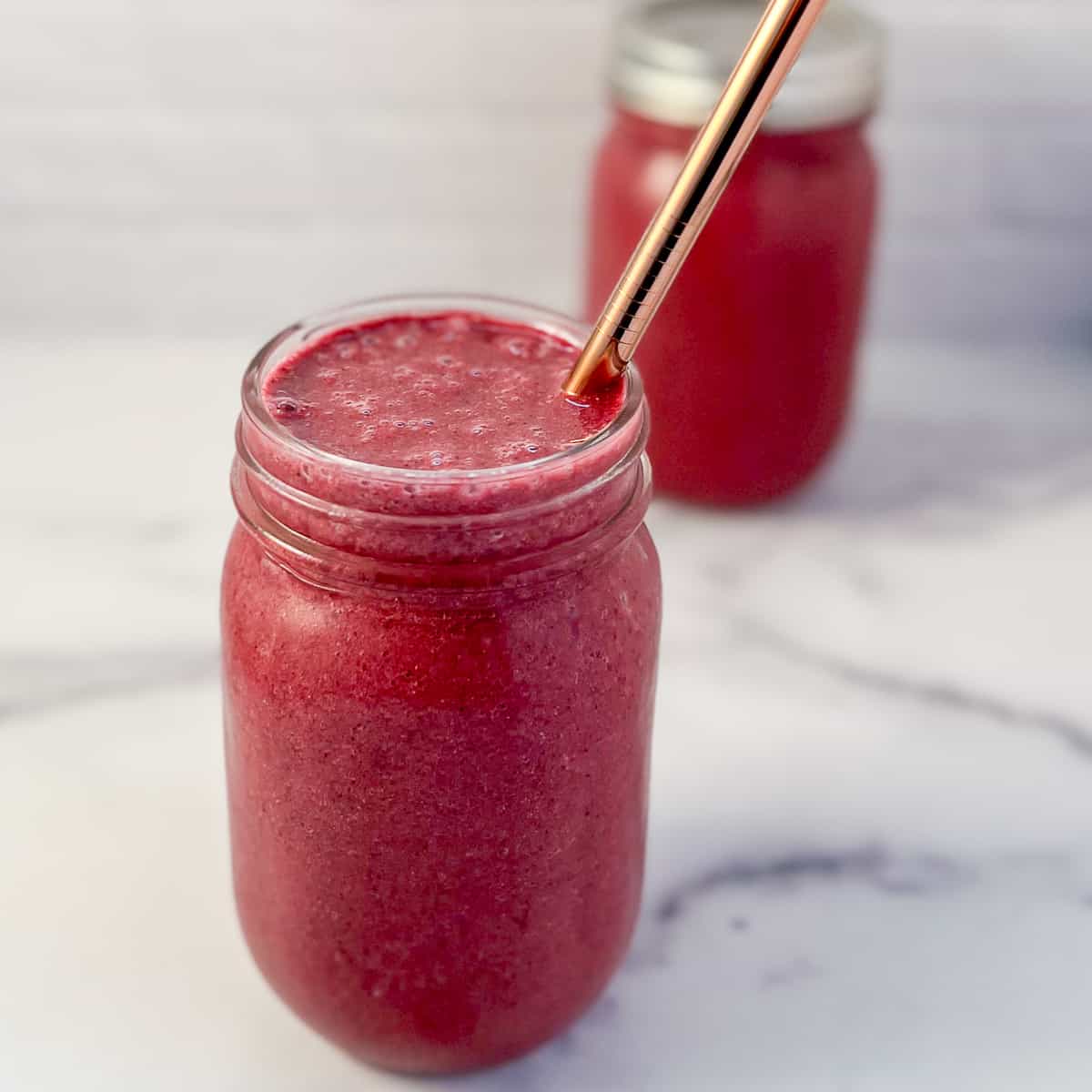
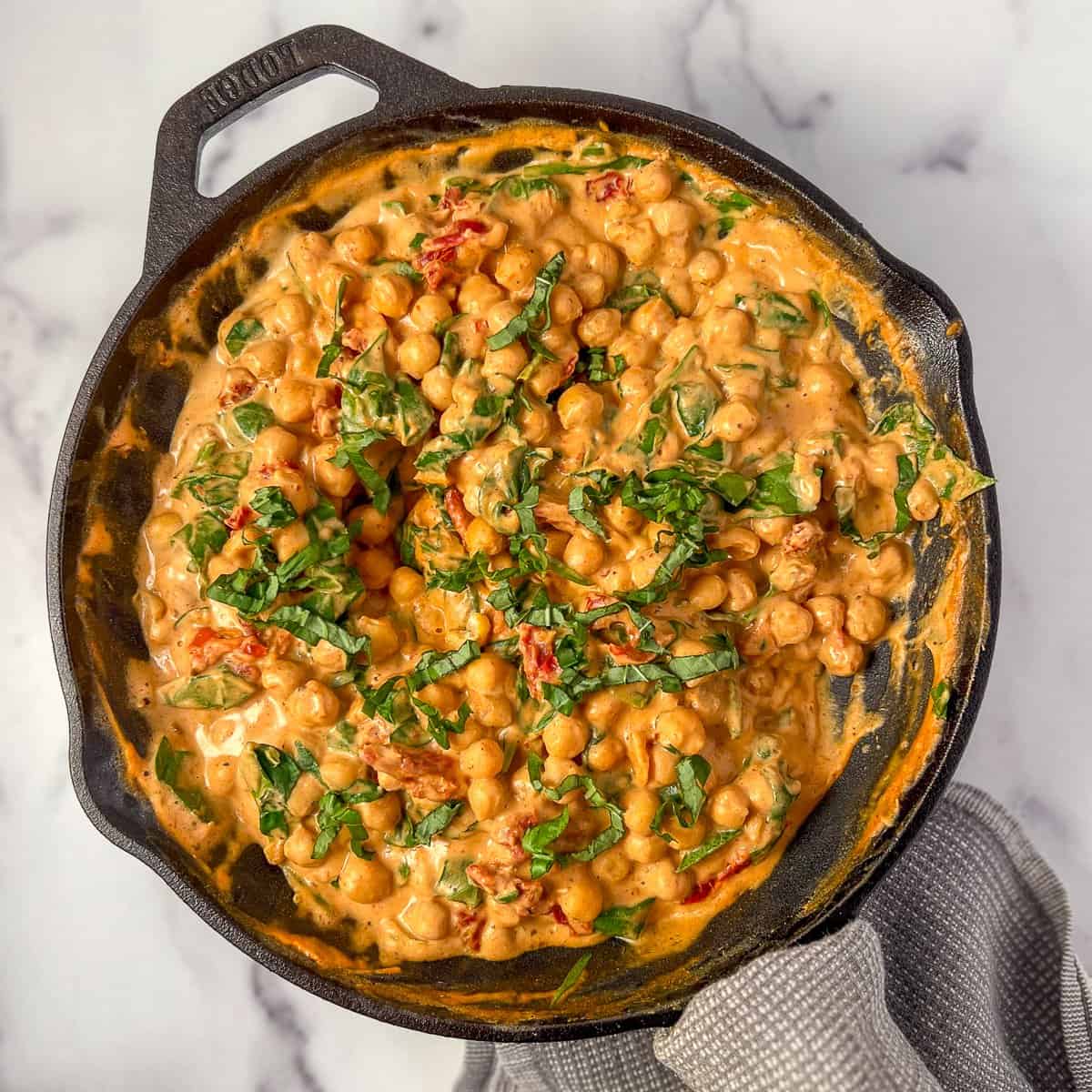
Tips for Intermittent Fasting on a Vegan Diet
1. Don't Skimp on Calories
With fewer meals, it’s important to make each one count. Include calorie-dense plant foods like avocados, nut butters, legumes, and whole grains, and enough plant-based protein to meet your energy needs and feel satiated. Monitor your energy levels to make sure you're getting enough calories.
2. Meal Prep is Your Friend
Plan and prep meals ahead of time to avoid skipping meals or reaching for processed junk food during your eating window. You are in a better position to eat a balanced diet rich in whole plant foods when you plan and prepare your meals in advance.
3. Supplement Wisely
As a nutritionist and certified lifestyle medicine professional who has been following a whole food plant-based nutrition plan since 2012, I know it's important to supplement on a vegan diet. My personal supplement of choice is Complement Essentials. To avoid nutrient deficiencies, be sure to consult with your healthcare provider about (possibly) supplementing with these essential nutrients:
- Vitamin B 12
- Vitamin D 3
- Omega-3 (from algae oil)
- Iron (if deficient)
- Iodine
4. Listen to Your Body
Some days, your body may need more rest or an adjusted eating window. It’s okay to be flexible, especially for women whose hormones may respond differently to fasting.
5. Avoid Processed Junk
I alluded to it earlier. Highly processed junk foods, including vegan mock meats, chips, sugary cereals, cookies, and sodas, may fit your eating window, but won’t support long-term health, weight loss, or energy. It's best to avoid these.
Frequently Asked Questions
Weight loss with intermittent fasting begins with where you're starting from. If you have more weight to lose, you will likely lose more than someone who is closer to their ideal healthy body weight. Initially, a weight loss range of 0.5 to 2kg (1 to 4 pounds) is not unheard of when moving to a whole food plant-based vegan diet.
Yes! Studies show that you can thrive by combining intermittent fasting with exercise. Be mindful of when you work out and what the exercise involves. For strength training or high-intensity exercise, you may benefit from eating a protein-rich meal or smoothie after working out to aid in muscle recovery.
Not if you’re eating enough calories and protein. To preserve lean muscle, include beans, lentils, tofu, tempeh, whole grains, and if necessary, plant protein powders.
Many women do well with intermittent fasting, but some may experience hormonal changes or fatigue. Start slow, and don’t hesitate to choose a more flexible eating window if needed. Even a 12-hour eating window has benefits and is a good starting point for beginners.
SAVE THIS RECIPE!
We'll also send you other yummy recipes. No worries! You can unsubscribe at any time. 💙
Final Thoughts: Should You Try an Intermittent Fasting Vegan Meal Plan?
Intermittent fasting and a plant-based vegan diet are a match made in health heaven. Both support weight loss, longevity, reduced inflammation, and improved metabolic health. By focusing on whole, nutrient-dense foods and timing your meals in a way that honors your body’s needs, you can thrive on this combined lifestyle.
Remember, consistency is key—but so is flexibility. Whether you start with a 12-hour fast or jump into 16:8, the most important thing is to listen to your body, eat enough nourishing plant-based foods, and make the journey enjoyable.


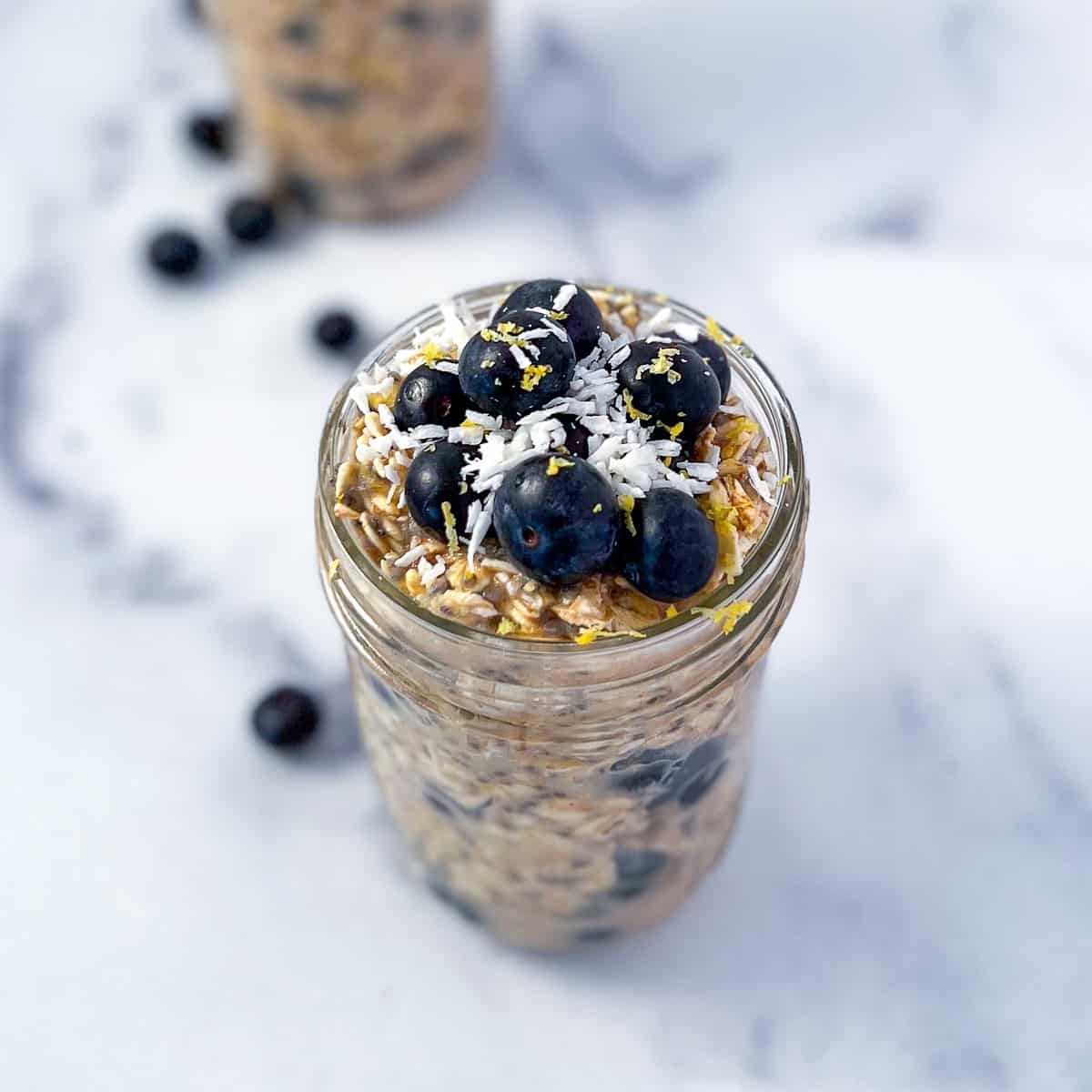
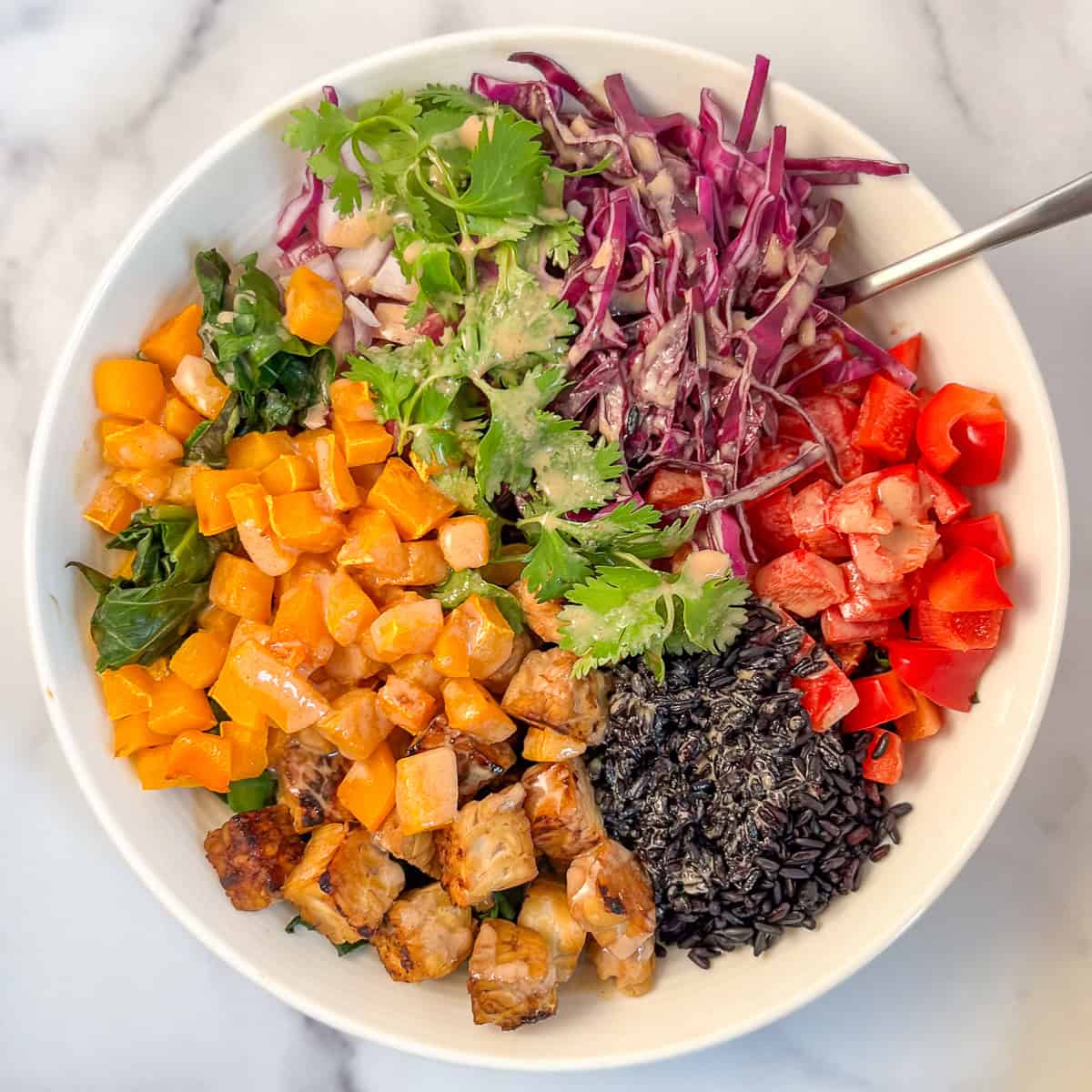

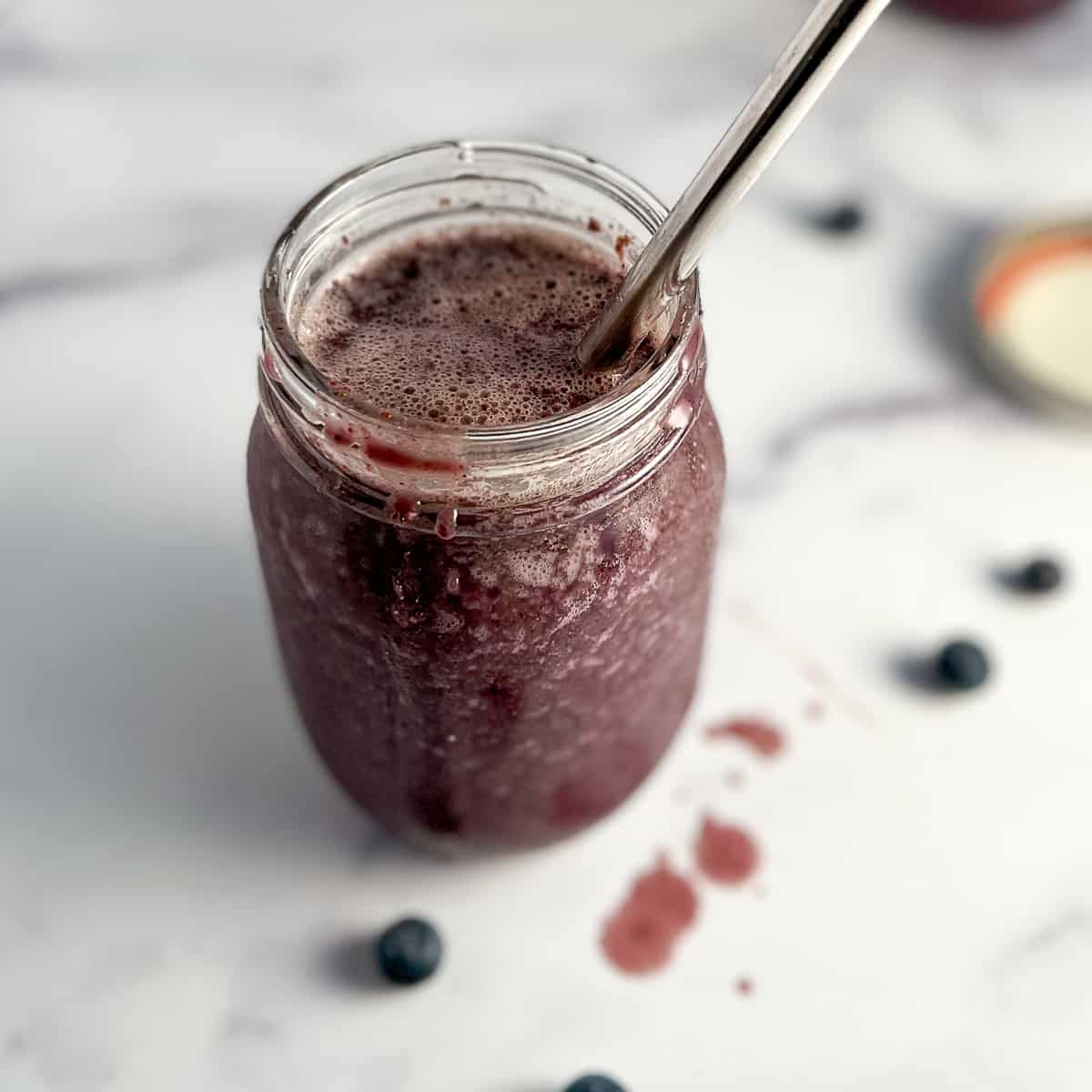
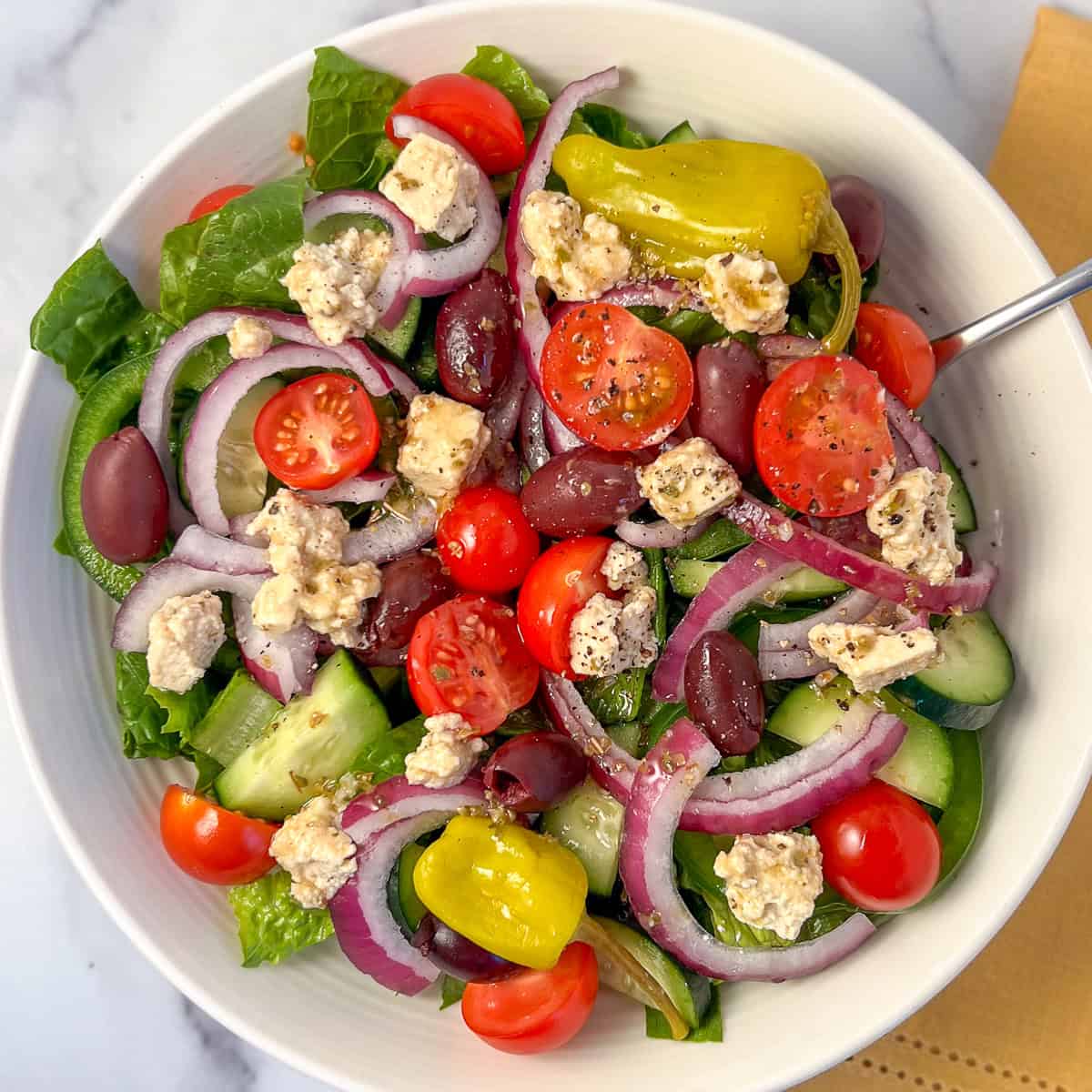

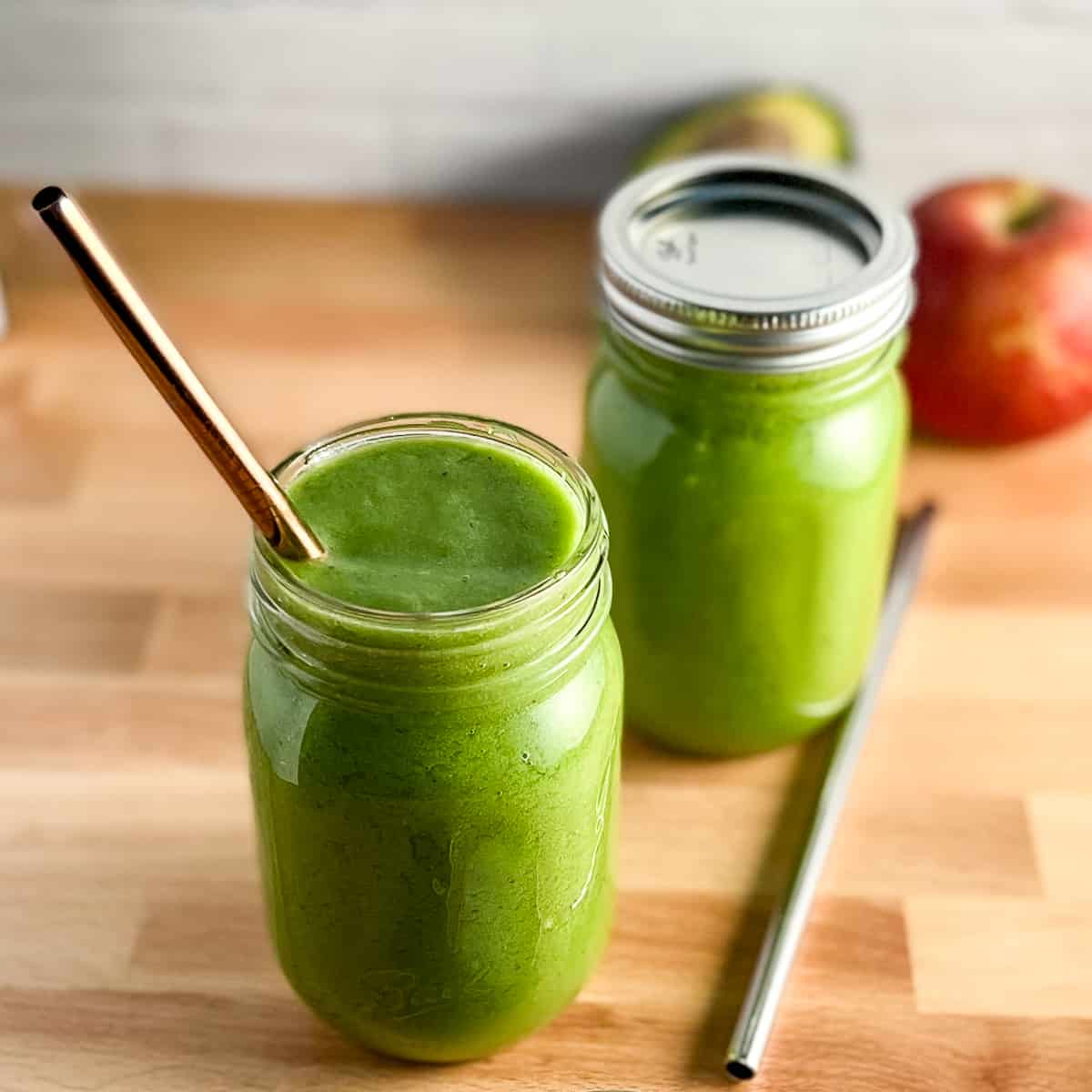
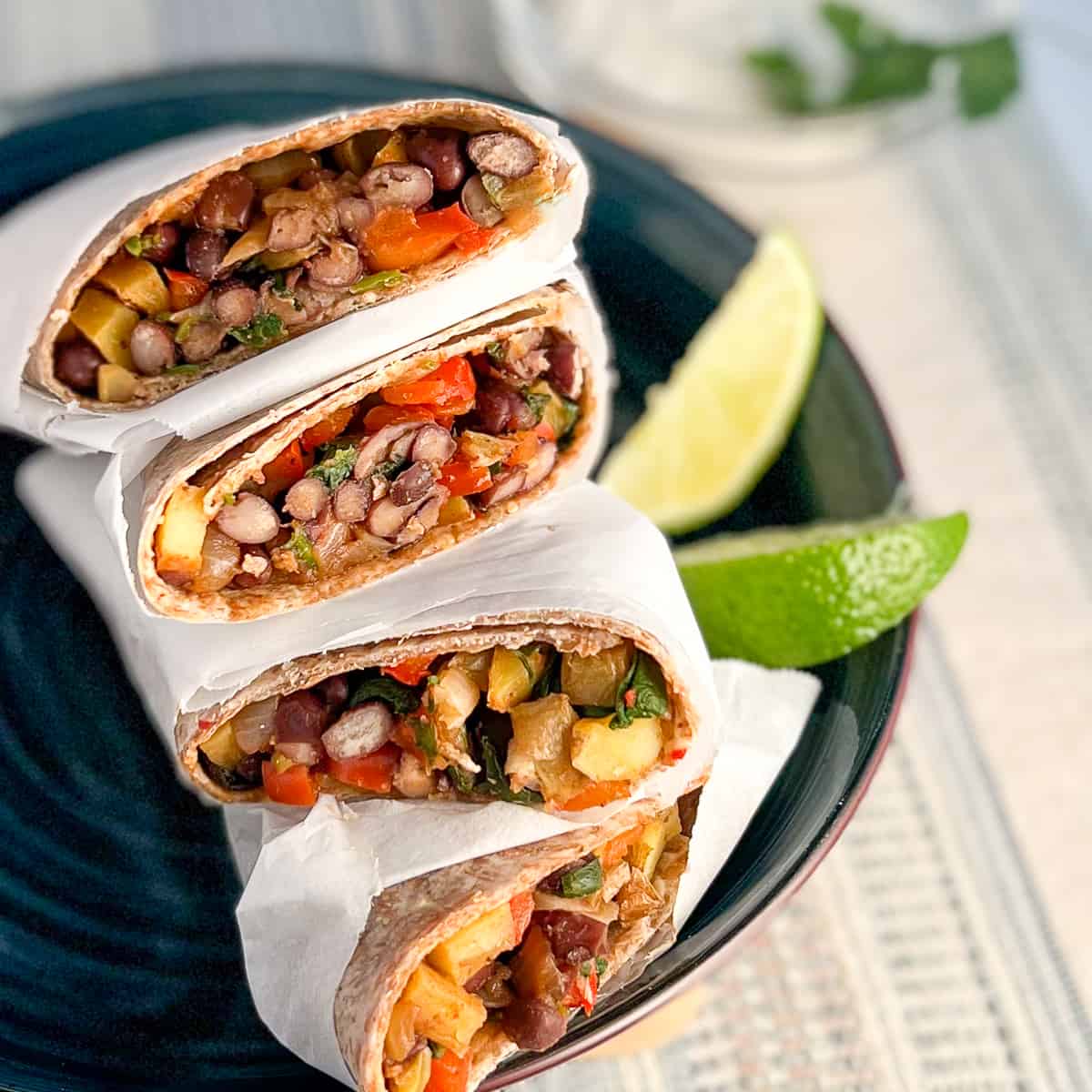
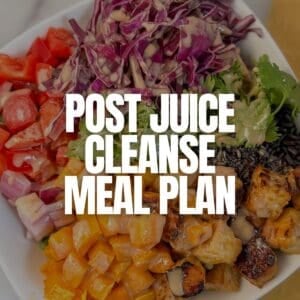
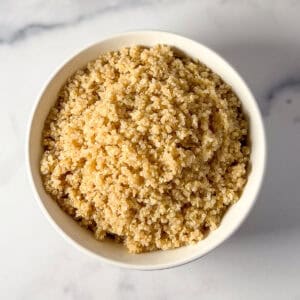
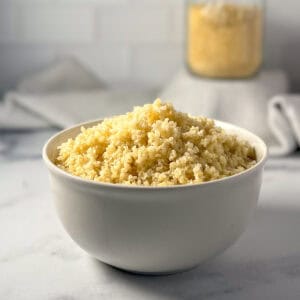
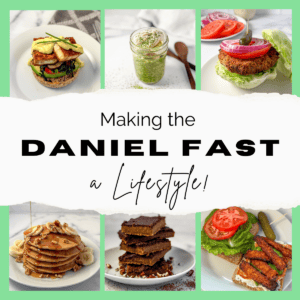
Leave a Reply